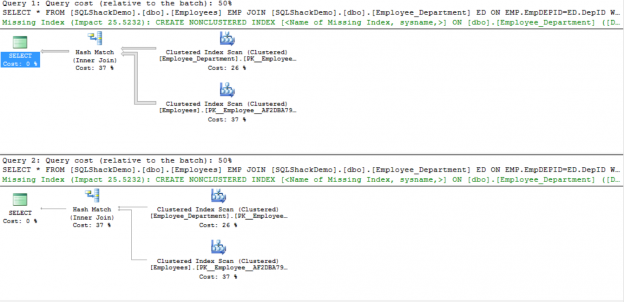Why is my database so slow? This query used to be so much faster. Why does it take so long to rebuild my index? How come it was fine last month? Every day I am asked these types of questions by clients. Every day! A lot of database developers and application developers do not realize that indexes are ever changing entities within your database or rather they need to be monitored closely and managed periodically to remain efficient. I cannot even count the times someone tells me “but we have index’s on this or that column and it was fine last month” and so on. All while they fail to realize or even tell me that the database just took on, updated or deleted 1,000,000 records for example, which would definitely change the footprint of the data, making the index’s unsound or in need of help. Even adding 50 new users that use the data differently could require new indexes. That being said, I decided to automate a quick and easy data gathering and reporting job that helps to answer these questions. Most of the time query performance questions can be answered by determining the fragmentation levels of index’s, if there are missing index’s, duplicate index’s, unused index’s and what are the heavy hitters in regards to queries and are queries running in memory or to disk and how many executions. My favorite thing to do with SQL Server is automate, automate and automate the tasks that are asked of me over and over.
Read more »







 In this article, we will talk about performance problems when using while loops in T-SQL. We will also talk about problems with UNIONsand finally the use of JOINS of two or more tables using the where clause (ANSI 89) instead of using INNER, LEFT or RIGHT JOINS using the from clause (ANSI 92).
In this article, we will talk about performance problems when using while loops in T-SQL. We will also talk about problems with UNIONsand finally the use of JOINS of two or more tables using the where clause (ANSI 89) instead of using INNER, LEFT or RIGHT JOINS using the from clause (ANSI 92).









